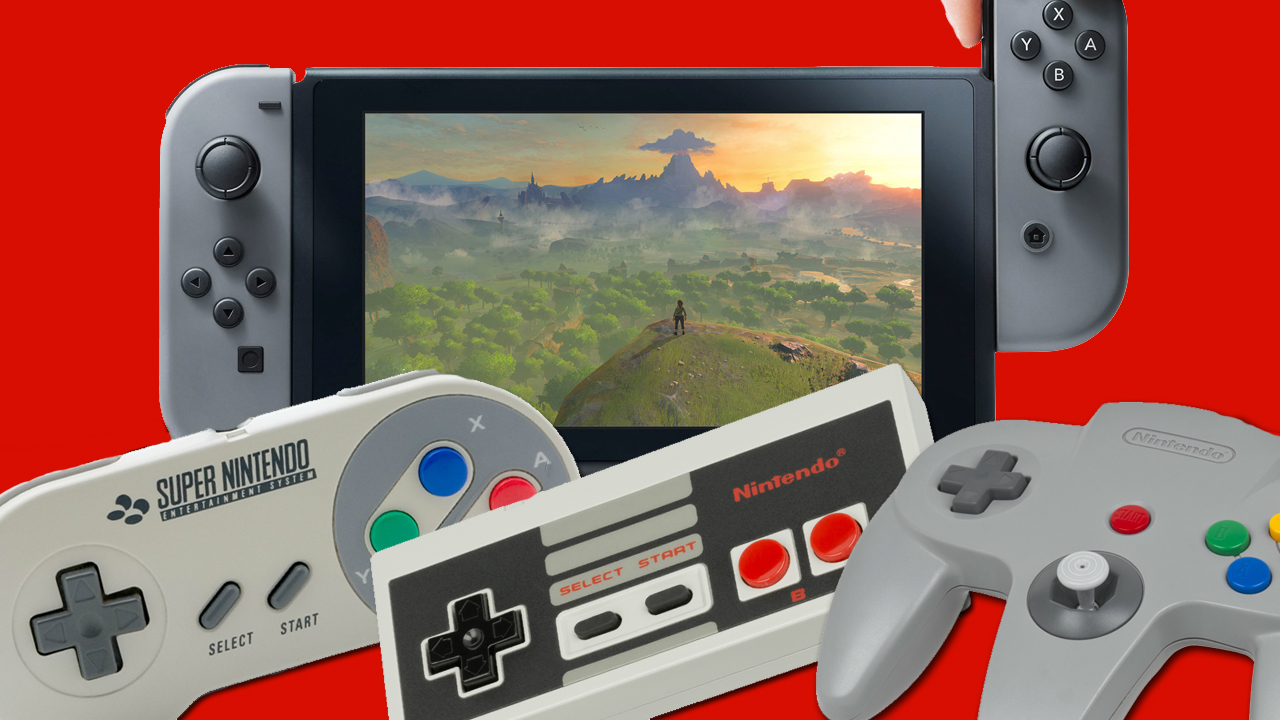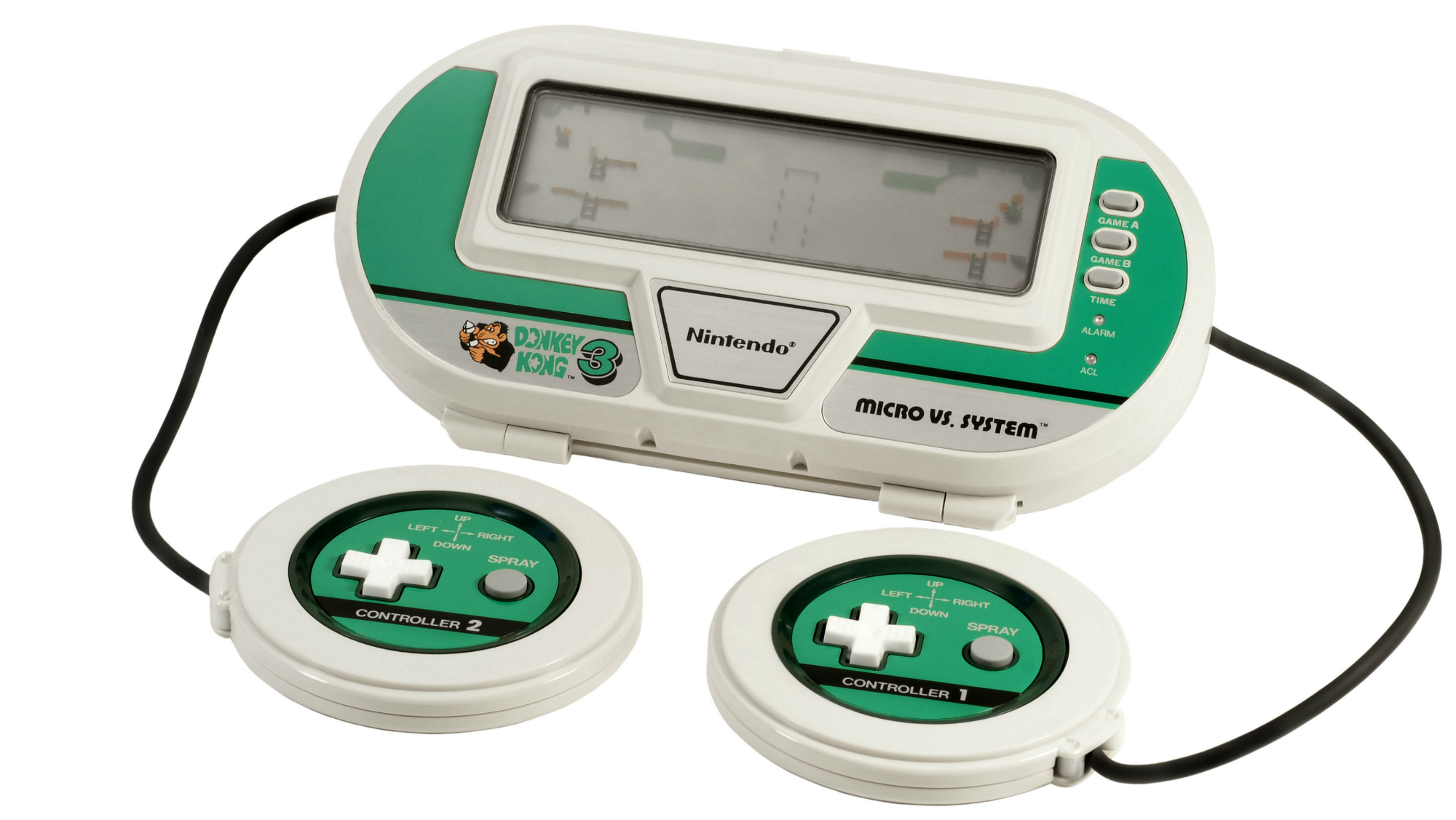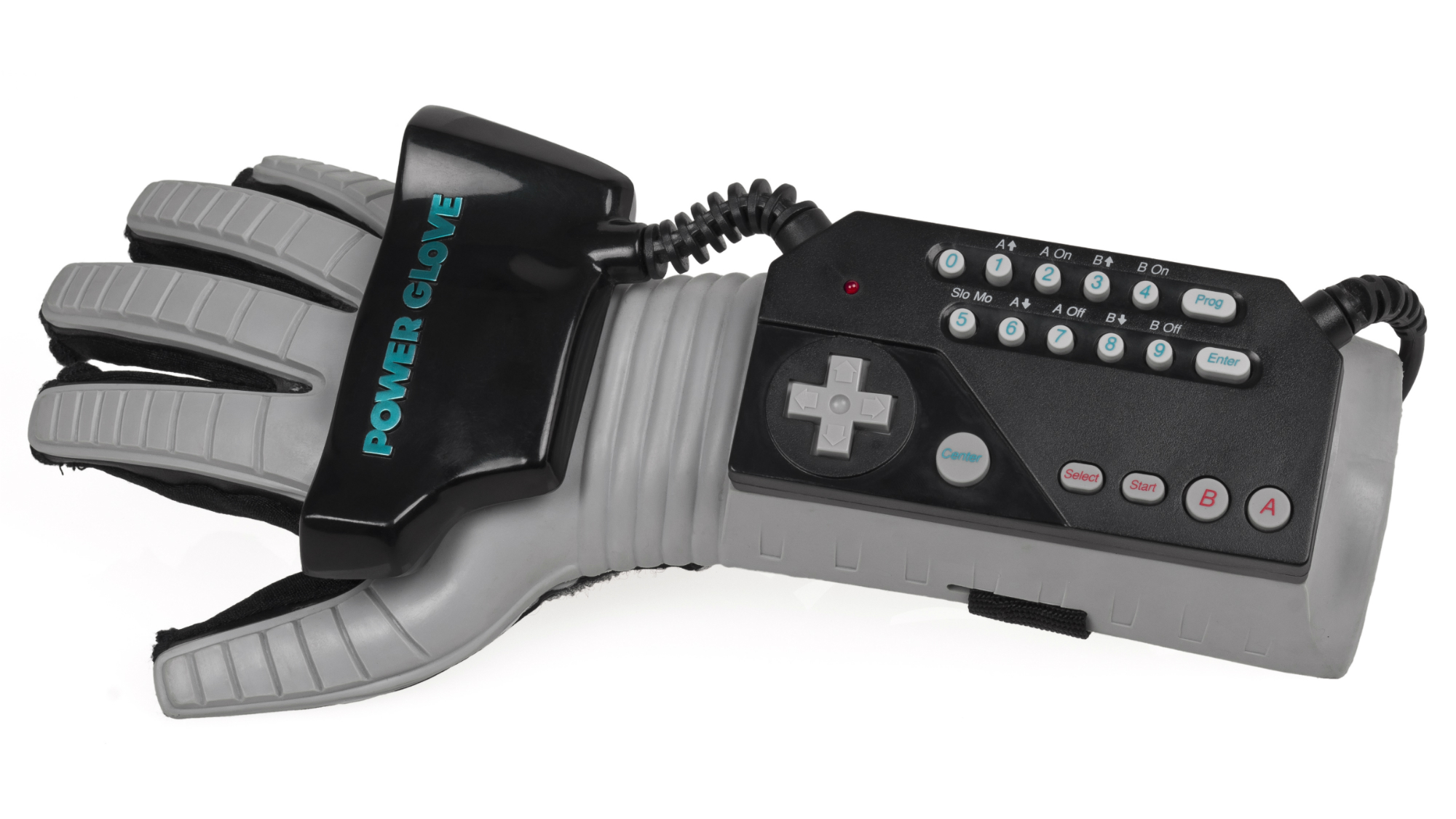How we got to the Switch: a brief history of Nintendo controllers
Switching ideas from gaming generation to generation.

While it's tempting to assume that Nintendo's desire for innovation is a recent trend, borne out of the company's need to fight Sony and Microsoft and forged in systems such as the Wii and DS, the Japanese veteran actually has something of a track record when it comes to dreaming up groundbreaking interface ideas.
The recently-announced Nintendo Switch can be seen as the culmination of the Kyoto firm's handiwork, but the DNA of this forthcoming hybrid console – as well as others which have preceded it over the past 30 years – can be traced back to a time before video games even existed.
Nintendo began life over 100 years ago, manufacturing Japanese hanafuda playing cards, or ‘flower cards’. When Hiroshi Yamauchi, grandson of founder Fusajiro Yamauchi, took control of the business in 1949 he decided to branch out into other sectors. These included a taxi service, a chain of hotels in which amorous couples could spend a short amount of time, and even a food company.
All of those ventures proved unsuccessful; but Nintendo's tentative forays into toymaking bore fruit, thanks almost entirely to the genius of a man named Gunpei Yokoi. Originally employed as a lowly maintenance engineer, Yokoi was to become one of the most significant people in the history of Nintendo, as well as the games industry in general.
Gaming origins
The story goes that Yokoi got his big break at product design when Yamauchi, while on a tour of the factory, spotted an extendable arm which Yokoi had created for his own personal amusement – this would become the million-selling Ultra Hand, and was the first in a series of products developed by Yokoi. Later, he would work on the Nintendo Beam Gun Game, the precursor to video game light-guns such as the NES Zapper and Super Scope.
In hindsight it seems obvious that Nintendo would enter the games industry given the company's preoccupation with electronic toys, but it was the video game revolution of the 1970s that truly pushed the Japanese firm down its now-famous path.
Having secured the rights to distribute the Magnavox Odyssey in Japan in 1974, Nintendo would produce its own domestic system a year later in the form of the Color TV Game. While this was a significant step for the firm, it wouldn't be until 1980 that the company truly started to truly blaze a trail in the industry – and it was all thanks to a chance encounter on the way to work.
Sign up for breaking news, reviews, opinion, top tech deals, and more.

Game & Watch Donkey Kong (1982)
The Game & Watch range was inspired when Gunpei Yokoi observed a businessman absent-mindedly fiddling with this pocket calculator on his way to work. Yokoi – a firm believer in using cheap, existing tech in radical new ways – quickly saw the potential in small handheld games with LCD screens, and the Game & Watch range was born. These pocket-sized devices were twinned with a clock and alarm function (hence the name), as digital watches were still reasonably novel at the time.
1980's Ball would start the – ahem – ball rolling, but 1982's Donkey Kong was the first truly groundbreaking offering. Not only did it offer two LCD screens (a concept that Nintendo would return to with the DS in 2004), but it was the first piece of gaming hardware to offer a proper ‘Directional Pad’. Up until this point, gaming was done predominantly with a joystick, but Yokoi needed a flatter and more compact option to fit inside his clamshell portable. The Game & Watch range would continue until 1991, and sell over 40 million units worldwide.

Game & Watch Micro Vs. System (1984)
Yokoi's Game & Watch range was packed with innovations, including tabletop titles and even a variant with a totally transparent LCD screen, but it was 1984's Micro Vs. System which really broke the mould in gameplay terms. Boasting a single LCD display with two wired controllers, it allowed for local multiplayer on the road. Three titles were released in total: Boxing, Donkey Kong 3 and Donkey Kong Hockey.

NES controller (1985)
Based on the controller that launched with the Famicom in Japan in 1983, this boxy pad kick-started video gaming as a hobby for millions of players all over the world. Incorporating Yokoi's D-Pad from the Game & Watch range, and boasting two action buttons at a time when most consoles and computers were limited to one, the NES controller laid down the foundations for practically every controller since. Separate Start and Select buttons gave developers even more options, but above all this pad was built to withstand punishment – as a result there are plenty available on the secondhand market even today.

Power Glove (1989)
While the NES era was one of astonishing success for Nintendo, not every venture met with commercial triumph. In fact, the incredible popularity of the system encouraged some wild risks, one of which was the Power Glove. While it was marketed as an official Nintendo product, it was in fact manufactured by US toymaker Mattel, and allowed players to control games using hand gestures.
Fiddly to configure and not incredibly effective, the Power Glove didn't get much in the way of exclusive software, and is mostly remembered now for its starring role in the 1989 Fred Savage movie The Wizard, which predominantly featured Nintendo games; in one scene the villain proclaims that he loves the controller because it's "so bad", without the merest hint of irony.

SNES controller (1990)
If the NES pad laid down the foundations for future console controllers, then the SNES pad refined and evolved the design. The squared-off edges were abandoned in favour of a rounded, ergonomic look, and the number of buttons was drastically increased to cater for the more complex nature of 16-bit games. The four face buttons were arranged in a diamond formation – a feature which remains the same on modern pads – but it was the two shoulder buttons which really took things to the next level. Elsewhere, things remained unchanged from the NES controller, with a very similar D-Pad and two Start and Select keys; if it ain't broke, don't try and fix it.